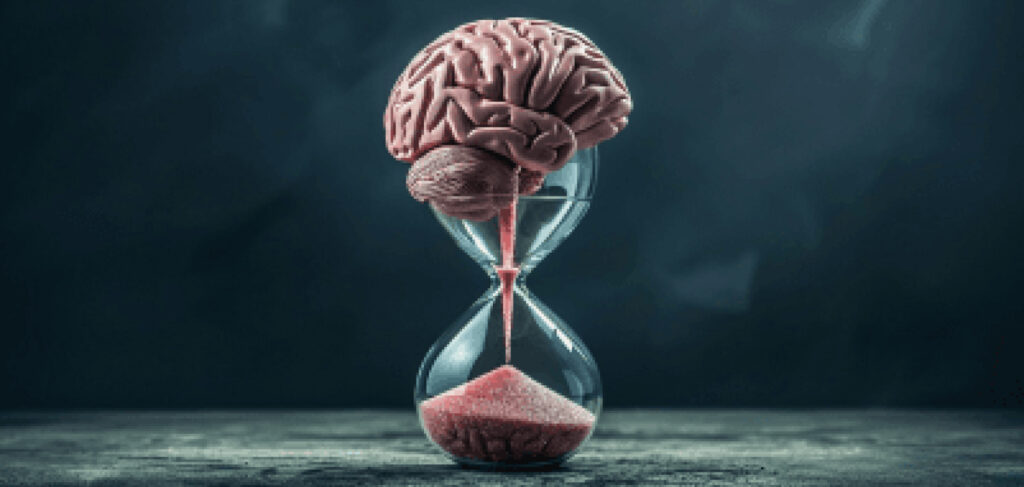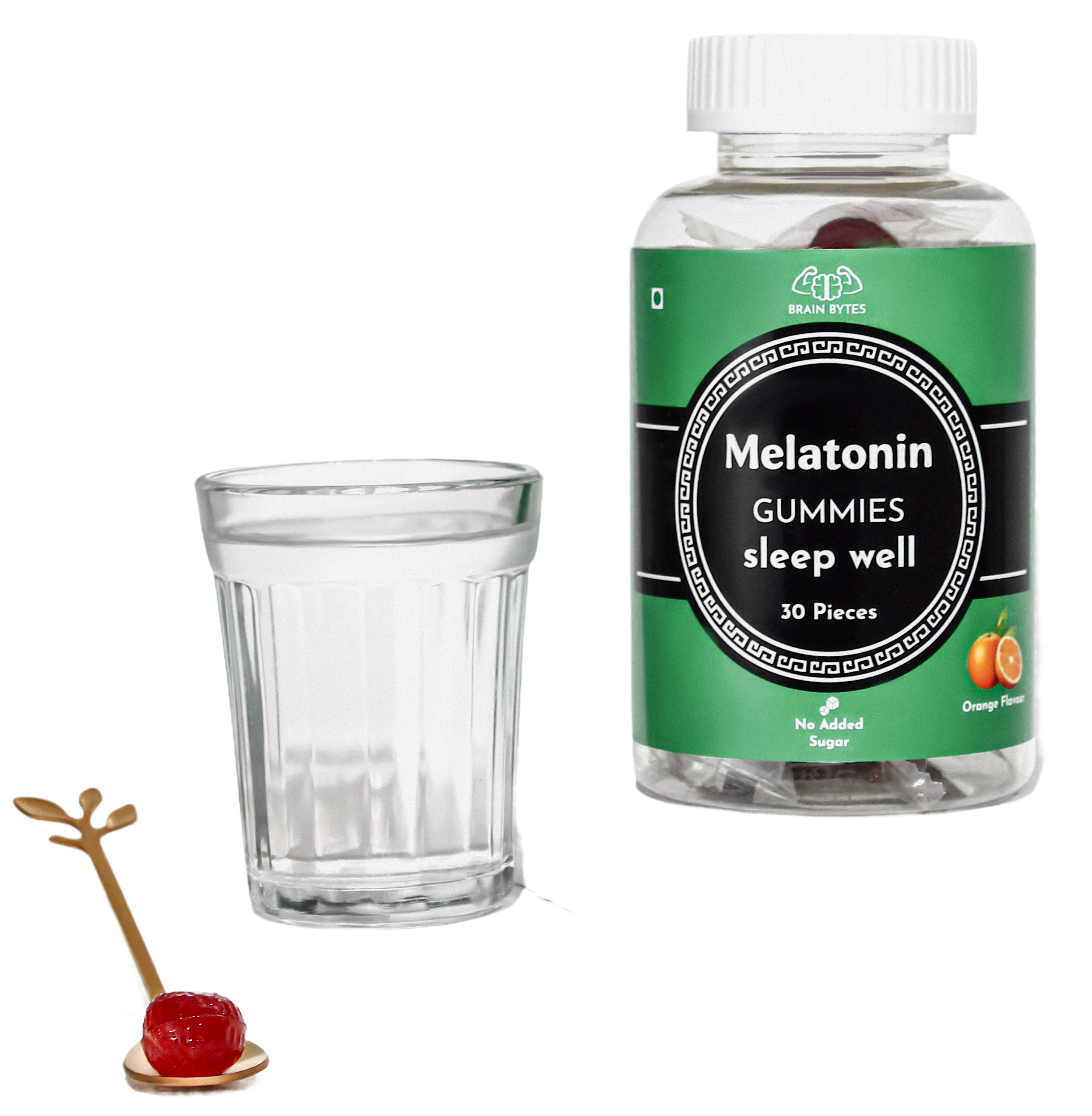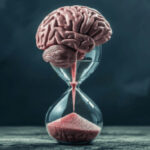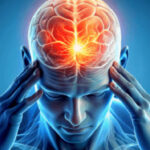
Introduction
In the face of a stroke, time is of the essence. The sooner stroke treatment is initiated, the greater the chances of recovery and minimizing long-term damage. Early intervention can make the difference between full recovery and permanent disability. This blog explores the critical importance of early intervention in stroke treatment, emphasizing the power of prompt action for stroke recovery.
Understanding Stroke
A stroke occurs when the blood supply to part of the brain is interrupted or reduced, preventing brain tissue from getting the oxygen and nutrients it needs. Brain cells begin to die within minutes, which makes immediate stroke treatment vital.
Strokes are categorized into two main types: ischemic stroke and hemorrhagic stroke. Ischemic stroke, the most common type, is caused by blockages or narrowing of the arteries leading to the brain. Hemorrhagic stroke occurs when a blood vessel in the brain bursts, leading to bleeding in or around the brain.
Recognizing Stroke Symptoms
Early intervention in stroke treatment starts with recognizing stroke symptoms. Common stroke symptoms include sudden numbness or weakness in the face, arm, or leg, especially on one side of the body; sudden confusion, trouble speaking, or understanding speech; sudden trouble seeing in one or both eyes; sudden trouble walking, dizziness, loss of balance, or lack of coordination; and a severe headache with no known cause. Being able to identify these symptoms quickly and seeking immediate medical help can significantly improve outcomes.
The Golden Hour: Time Is Brain
The concept of Time is Brain underscores the importance of early intervention in stroke treatment. The brain loses approximately 1.9 million neurons every minute a stroke goes untreated. Therefore, the faster the response, the better the chances of minimizing brain damage and enhancing stroke recovery. The first hour after stroke symptoms appear, often referred to as the “golden hour,” is crucial. During this period, administering treatments such as clot-busting drugs can be particularly effective.
Thrombolysis in Ischemic Stroke
For ischemic stroke, thrombolysis with tissue plasminogen activator (tPA) is a well-established treatment. If administered within 3 to 4.5 hours of the onset of stroke symptoms, tPA can dissolve the blood clot and restore blood flow to the brain, significantly improving the chances of recovery. However, the benefits of tPA decrease sharply after this window, highlighting the urgency of early intervention.
Mechanical Thrombectomy
Another advanced treatment for ischemic stroke is mechanical thrombectomy, a procedure in which doctors use a device to remove the clot from the blocked artery. This treatment is most effective when performed within 6 hours of stroke onset but can still provide benefits up to 24 hours after symptoms begin, depending on the case. Mechanical thrombectomy can dramatically improve outcomes for patients with severe strokes caused by large vessel occlusions.

Neuro Rehabilitation: The Path to Recovery
While immediate stroke treatment is crucial, the journey to recovery extends beyond the initial intervention. Neuro rehabilitation plays a vital role in helping stroke survivors regain their abilities and improve their quality of life. Early and intensive rehabilitation can lead to better outcomes in stroke recovery. Rehabilitation often includes physical therapy, occupational therapy, speech and language therapy, and psychological support, all tailored to the individual’s needs.
Physical Therapy
Physical therapy focuses on improving movement, strength, and balance. It can help stroke survivors relearn how to walk, perform daily activities, and regain independence. Early initiation of physical therapy can prevent complications such as muscle contractures and joint stiffness.
Psychological Support
Stroke can be a life-altering event, and the emotional impact should not be underestimated. Psychological support, including counseling and support groups, is essential for addressing the emotional and cognitive challenges that may arise after a stroke. Early psychological intervention can help manage depression, anxiety, and other mental health issues, fostering a more positive outlook on recovery.
Stroke Prevention: Reducing the Risk
While early intervention in stroke treatment is critical, stroke prevention is equally important. Adopting a healthy lifestyle and managing risk factors can significantly reduce the likelihood of a stroke. Key strategies for stroke prevention include:
- Managing Hypertension: High blood pressure is a leading risk factor for stroke. Regular monitoring and medication adherence are vital.
- Controlling Diabetes: Proper management of diabetes through diet, exercise, and medication can reduce stroke risk.
- Quitting Smoking: Smoking cessation can significantly lower the risk of stroke and improve overall health.
- Maintaining a Healthy Diet: A diet rich in fruits, vegetables, whole grains, and lean proteins can support cardiovascular health and prevent stroke.
- Regular Exercise: Physical activity helps maintain a healthy weight, reduces blood pressure, and improves heart health.
Conclusion
Early intervention in stroke treatment is a beacon of hope for those affected by this devastating condition. Recognizing stroke symptoms, acting swiftly, and seeking immediate medical help can save lives and reduce the long-term impact of a stroke.
With advancements in medical treatments and the vital role of neuro rehabilitation, stroke survivors have a greater chance of recovery and leading fulfilling lives. Additionally, prioritizing stroke prevention through healthy lifestyle choices can further reduce the risk and safeguard our well-being. Remember, time is brain – every moment counts in the fight against stroke.





